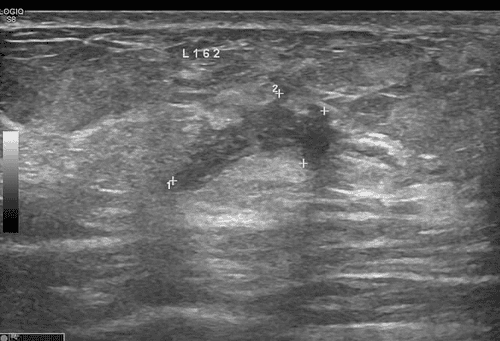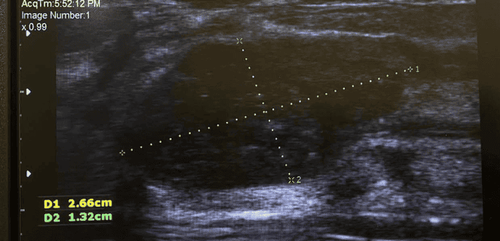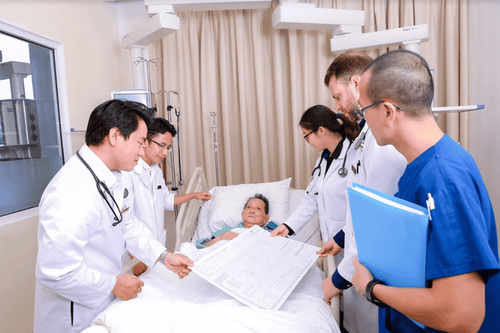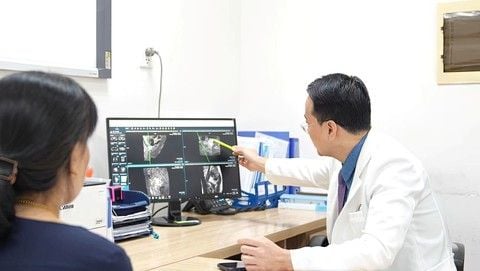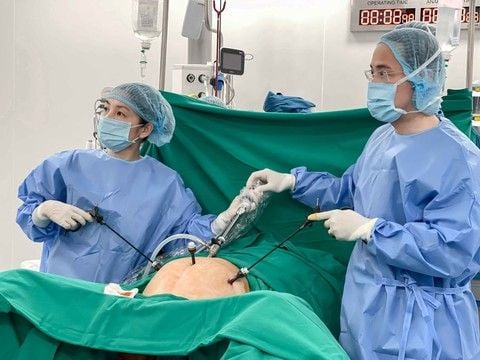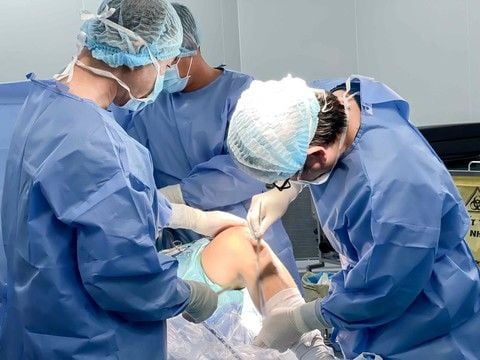A 20-year-old male patient discovered that his right leg had been crooked since childhood and had undergone an osteotomy for correction 10 years ago. After surgery, the leg curvature improved slightly. However, as the patient grew older, his leg became progressively more crooked and shorter.
At Vinmec Times City International General Hospital, the patient was examined and found to have severe internal tibial torsion, along with other abnormalities. The deformity had an internal angle of 51.4 degrees in relation to the joint surface, a leg length discrepancy of 4 cm, pelvic tilt, scoliosis, thigh muscle atrophy, and ankle joint involvement, including deformation and degeneration of the ankle joint.
Testing for axis correction using 3D modeling software with common osteotomy techniques, such as closing and opening angles, it found that these methods were not feasible due to the large gap, which would require a large amount of bone graft or further shorten the patient's leg. It would also alter the patellar tendon length and the posterior tibial slope, affecting future knee joint function.
As a result, the doctors decided to use an inverted V-shaped osteotomy technique, where the outer tibial bone is cut and reversed to be grafted into the inner side.
This technique has several advantages over traditional osteotomy methods, especially for cases with severe or very severe deformities. Thanks to the support of 3D printing technology, the surgery was successful.

After calculating the surgical plan on the computer, the patient's bone model was 3D printed for experimental surgery. After the success of the experiment, a personalized 3D-printed surgical guide was used in the surgery, allowing the surgeon to make precise bone cuts as planned, resulting in a smooth, complication-free surgery.
Professor, Doctor, Dr. Tran Trung Dung, Director of the Orthopedic Trauma and Sports Medicine Center in Northern Vietnam, Vinmec Healthcare System, stated that "osteotomy for axis correction" is a common technique used to correct deformities, whether congenital or acquired.
There are two basic techniques for "osteotomy for axis correction." These methods help correct deformities mainly in one plane and/or accompanied by slight deformities in another plane.
"In this case, the patient’s deformity was complex, involving large degrees of misalignment in multiple planes, not only evaluating the severity of the deformity but also developing surgical plan and ensuring its accuracy, is very challenging, However, this challenge was solved by using the 3D-printed personalized surgical guide," explained Professor Tran Trung Dung.
The purpose of this guide is to connect the information about the deformity with the surgical plan calculated on the software, making the surgery as precise as possible.
After the surgery, the leg’s axis was restored to be as straight as a healthy leg, and the patient began physical therapy immediately, with a favorable prognosis.
For more health, nutrition, and beauty tips, visit Vinmec International General Hospital to safeguard the health of yourself and your loved ones.
To schedule an appointment at the hospital, please contact the HOTLINE or book directly HERE. Download the MyVinmec App to manage, track, and schedule appointments conveniently anytime, anywhere.
To arrange an appointment, please call HOTLINE or make your reservation directly HERE. You may also download the MyVinmec app to schedule appointments faster and manage your reservations more conveniently.

